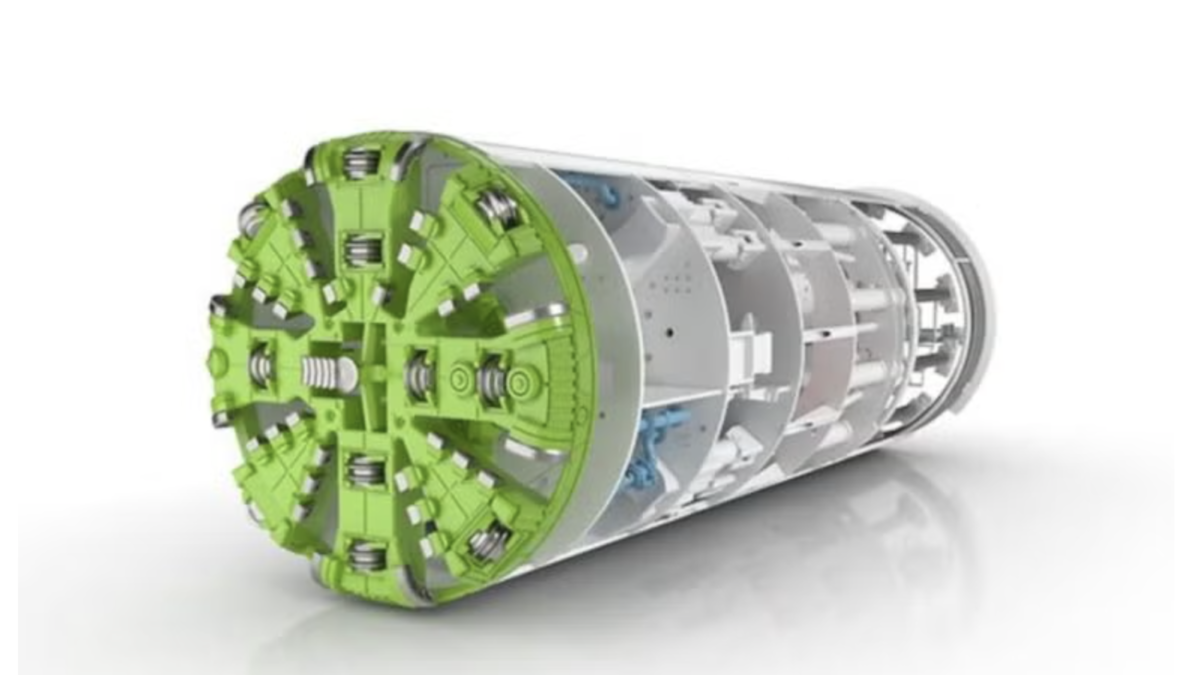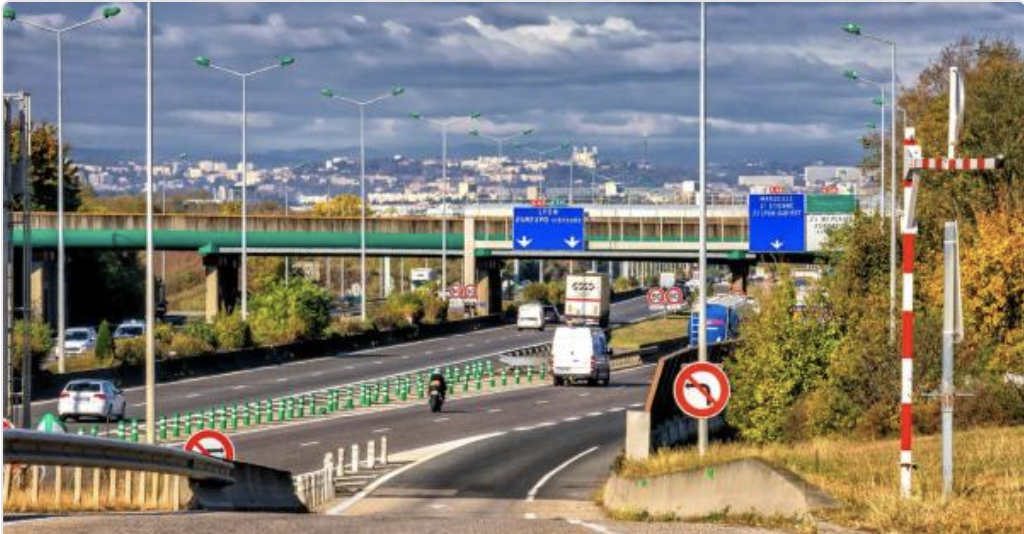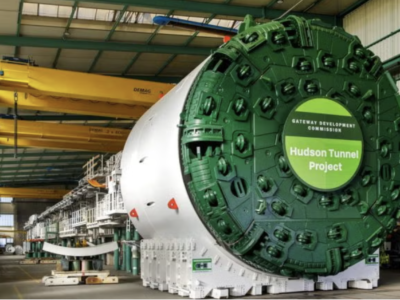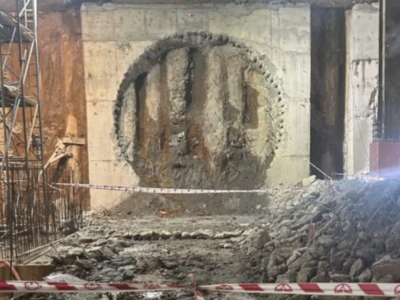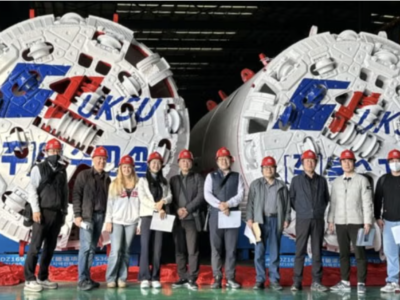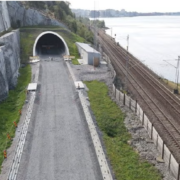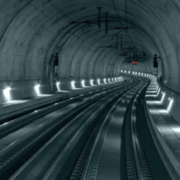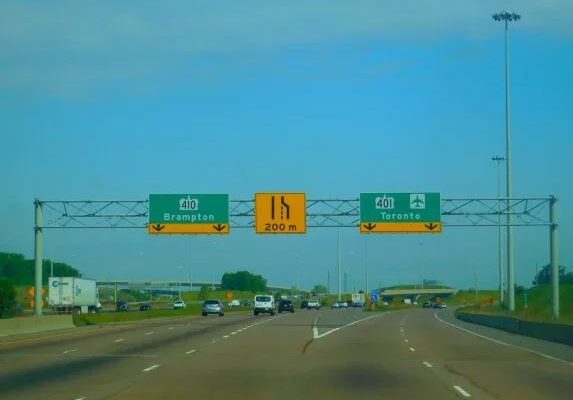
With the aim of providing a new, faster route for some of the most gridlocked roads in the province north of Toronto, expanding from beyond Brampton and Mississauga in the west to beyond Markham and Scarborough in the east, the Ontario government is to undertake a feasibility study for the construction of a road tunnel under Highway 401.
It is expected to significantly decrease traffic in the Greater Toronto and Hamilton Area (GTHA).
According to Premier Doug Ford: “Ontario’s gridlock problem is leaving the average Toronto-area commuter stuck in traffic for 98 hours every year, taking up precious time… and is costing our economy C$11bn every year in the GTHA alone.”
Considering that the latest step in a almost C$100bn plan to tackle the gridlock by building and expanding highways and transit, including Highway 401, is the feasibility study, engineering services will be secured through the Ministry of Transportation, with support from Infrastructure Ontario. The feasibility work will include:
- Examining options to increase Highway 401 capacity, including potential routes within the existing right-of-way, number of lanes, length, and the number and design of interchanges with other highways;
- Refining the province’s understanding of the proposed tunnel’s economic contributions, both in the short and long term, as well as the project’s impact on reducing gridlock;
- Reviewing best practices from similar projects in other jurisdictions;
- Initial soil boring testing;
- Preparing to start the environmental assessment processes for the project; and
- Conducting an initial market sounding, with feedback informing any potential procurement and commercial structuring strategies.
Additionally, starting consultations with First Nations communities is the next aim of the province.
As it has been indicated in Ministry of Transportation modelling, by 2051 travel times on the main stretch of Highway 401 is due to be double, with journeys taking 90 minutes longer on the 401 through the GTHA. The government says the number of hours lost in congestion will more than triple by 2051 if capacity is not added beyond the committed highway and rapid transit projects.



